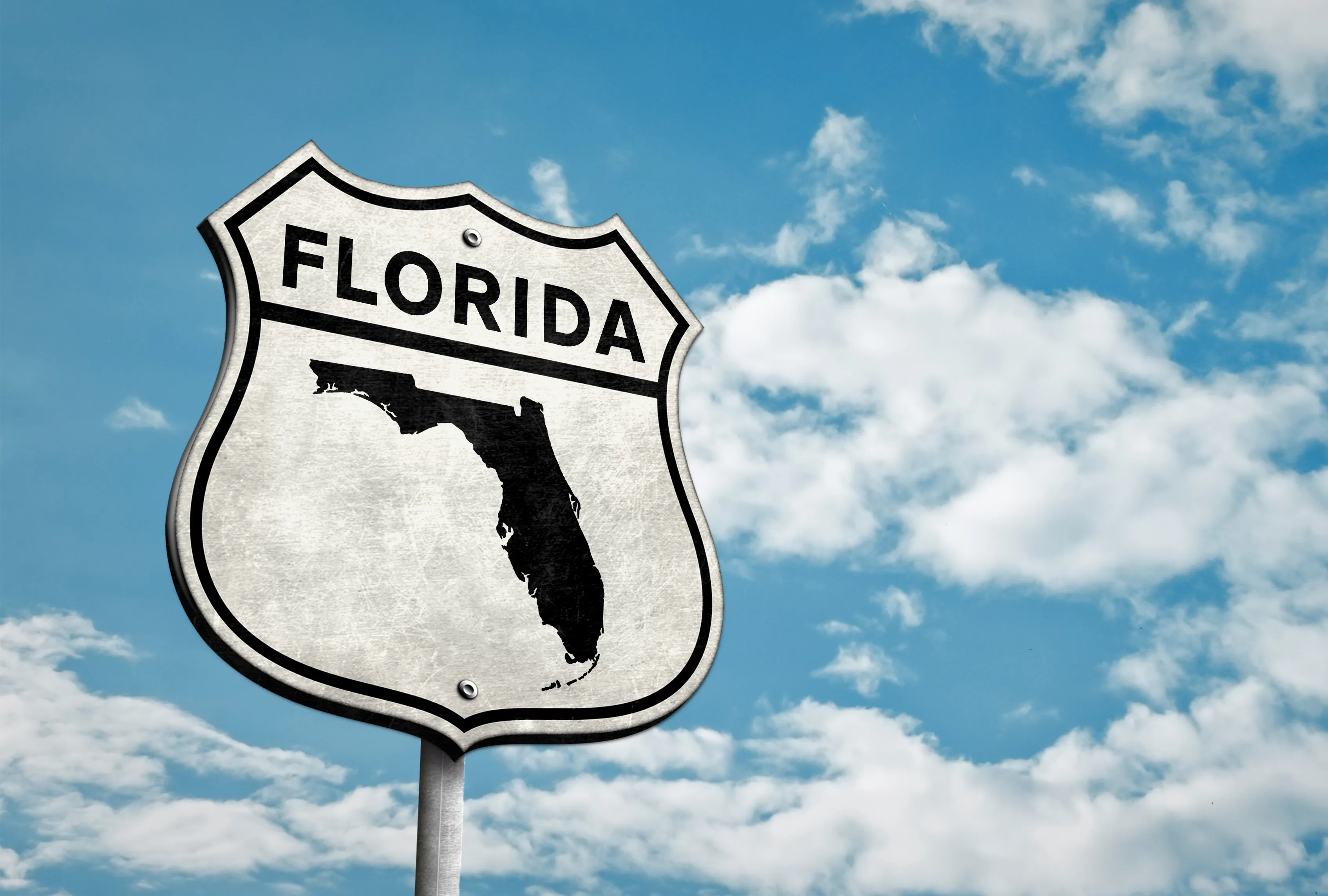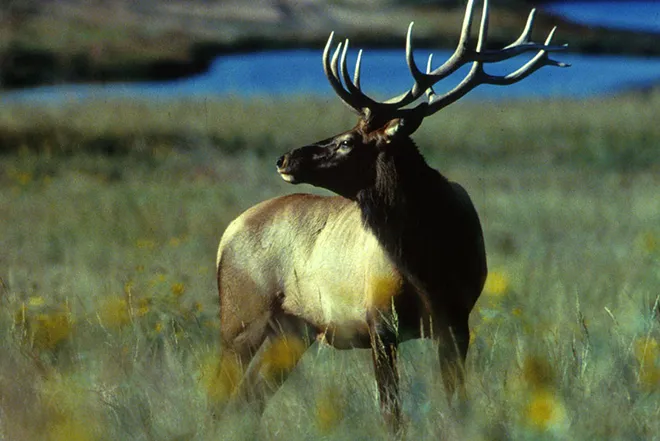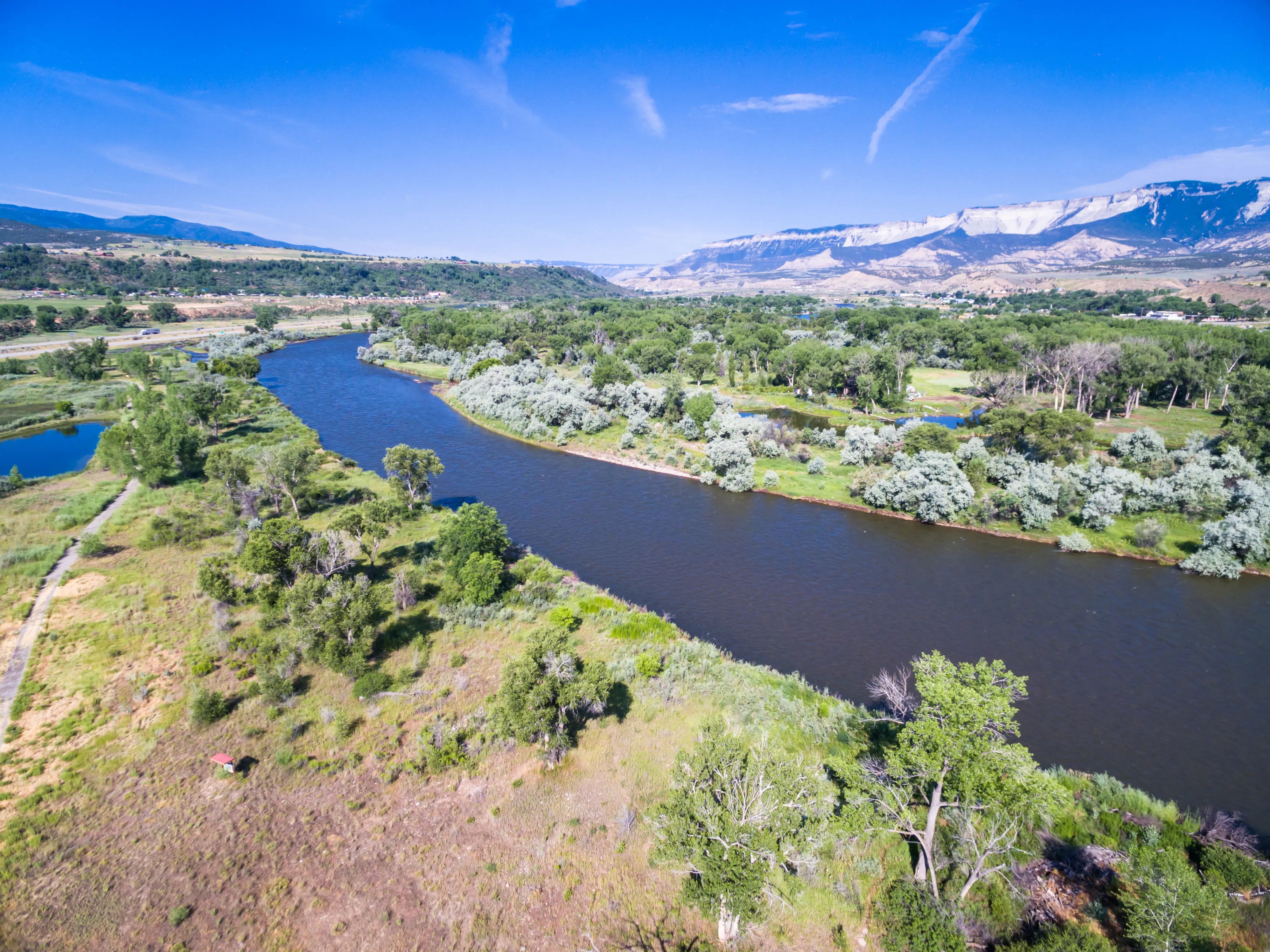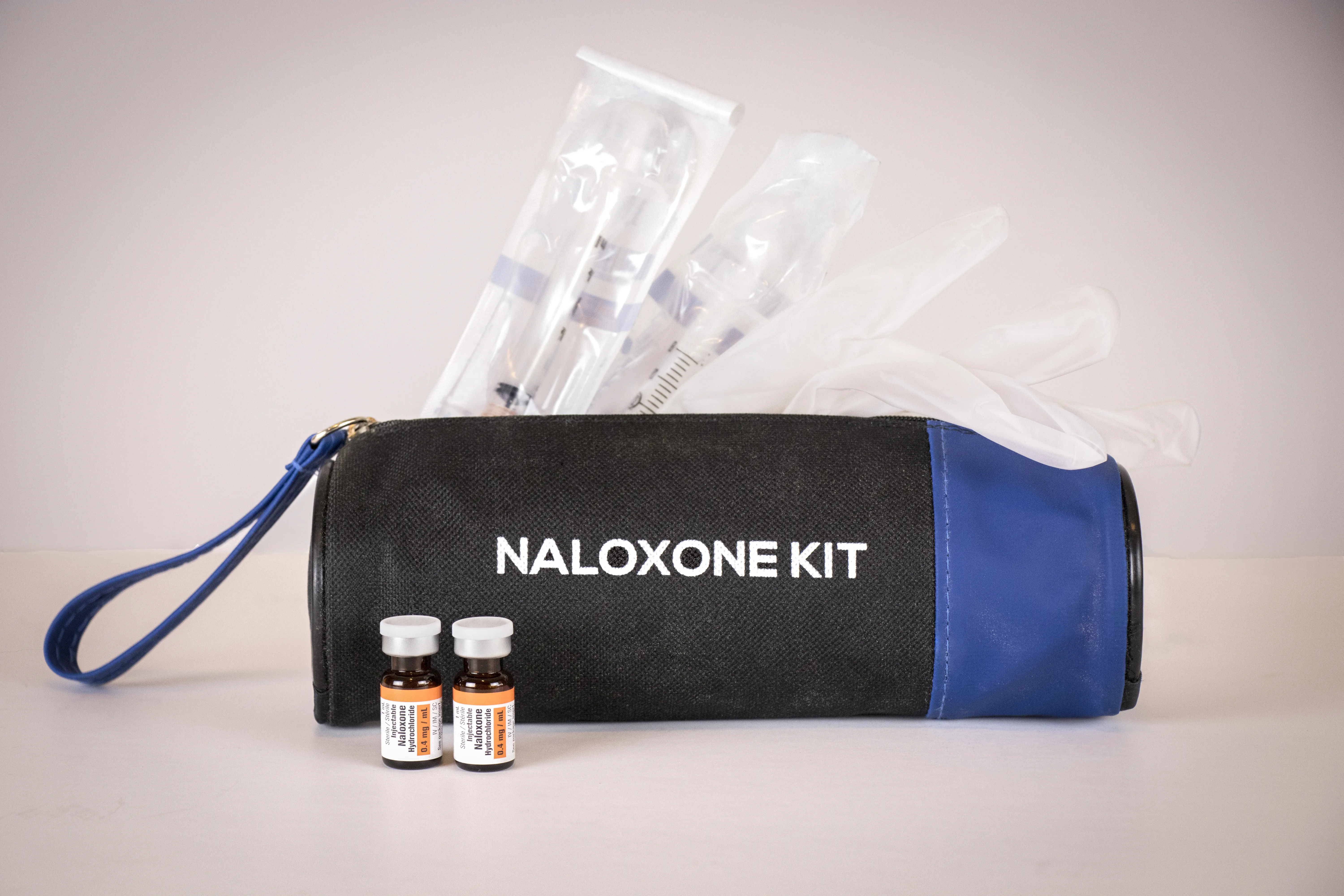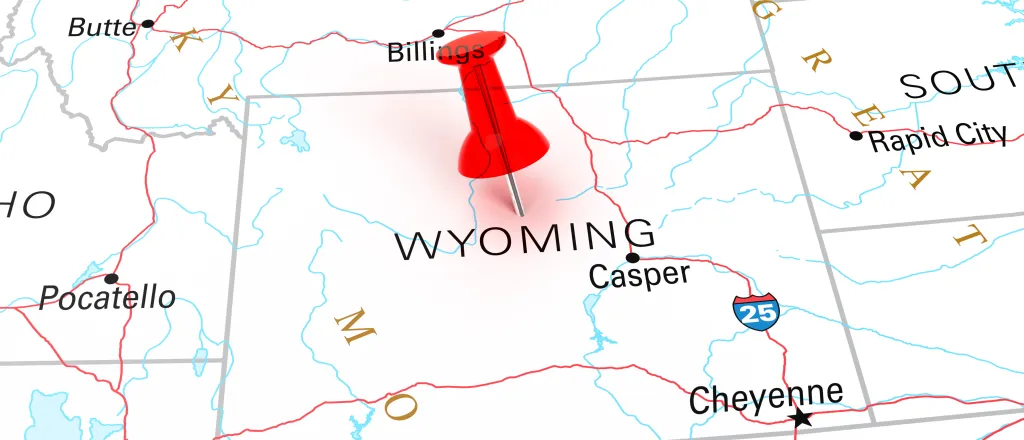
BLM to invest $20 million in Wyoming public lands restoration
(Wyoming News Service) The U.S. Bureau of Land Management is investing $161 million dollars to restore public lands in Wyoming and 10 other western states.
Joshua Metten, Wyoming field manager for the Theodore Roosevelt Conservation Partnership, said after years of development, drought and wildfires, the BLM's priority investments in LaBarge and Muddy Creek will be a win-win for all who call these landscapes home.
He pointed out there are shovel-ready projects to help increase forage, critical for livestock grazers and big game.
"And then local communities stand to benefit from these projects as well, because it's jobs created for getting boots on the ground," Metten explained. "Then also things like wildfire mitigation, and stream health improvements will all be really beneficial."
Metten noted increasing forage -- by removing invasive species and addressing erosion -- is especially important after this winter's losses of pronghorn and mule deer populations.
The agency will direct $20 million Inflation Reduction Act dollars toward projects in Wyoming to improve watersheds, make landscapes more resilient to wildfire and drought, restore fish and wildlife habitat, and create more opportunities for recreation.
Metten emphasized restoring Muddy Creek, an important tributary of the Little Snake River, will help keep an area seen as the gold standard by anglers across the globe vital for years to come.
"The Little Snake River has great habitat for Colorado Cutthroat Trout, and other native fish," Metten stressed. "By investing in restoring that landscape we are helping to conserve these iconic species that are found in few other places."
Metten added restoring the LaBarge Restoration Landscape Area will help protect a one-of-a-kind interface for big game migration. To the west is the Wyoming Range, to the north is the Gros Ventre Range, and to the east is the Wind River Range.
"You have migratory animals coming down from the high country in the summer, and you've got the path of the pronghorn migration which is one of the longest known pronghorn migration routes going through that area," Metten outlined. "You've got the Red Desert to Hoback mule deer migration, which is the longest known mule deer migration."

